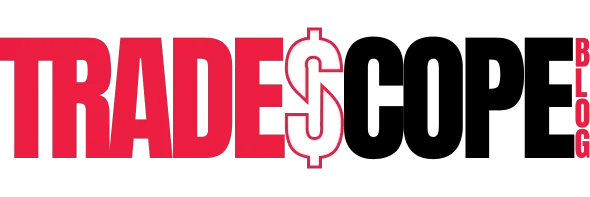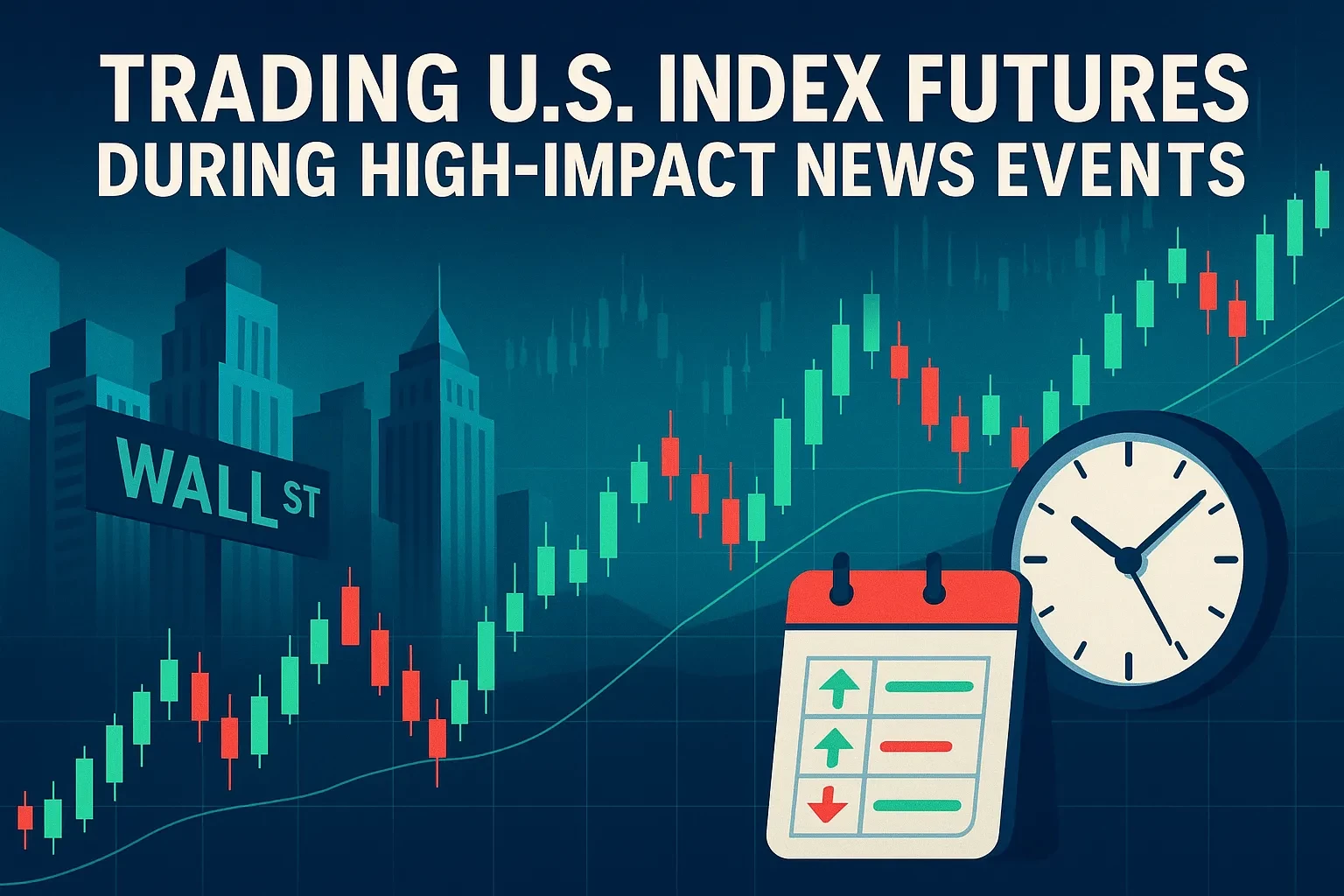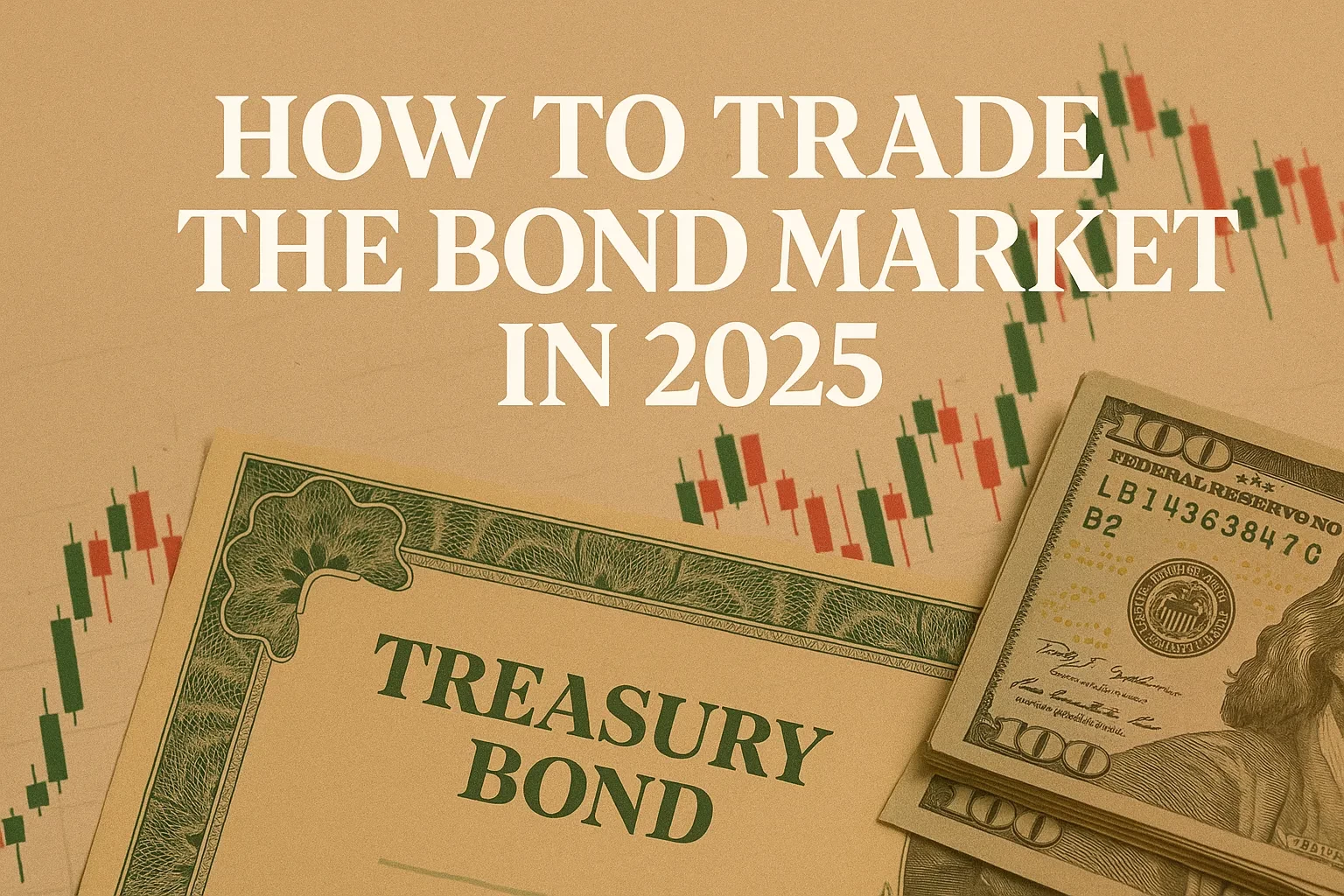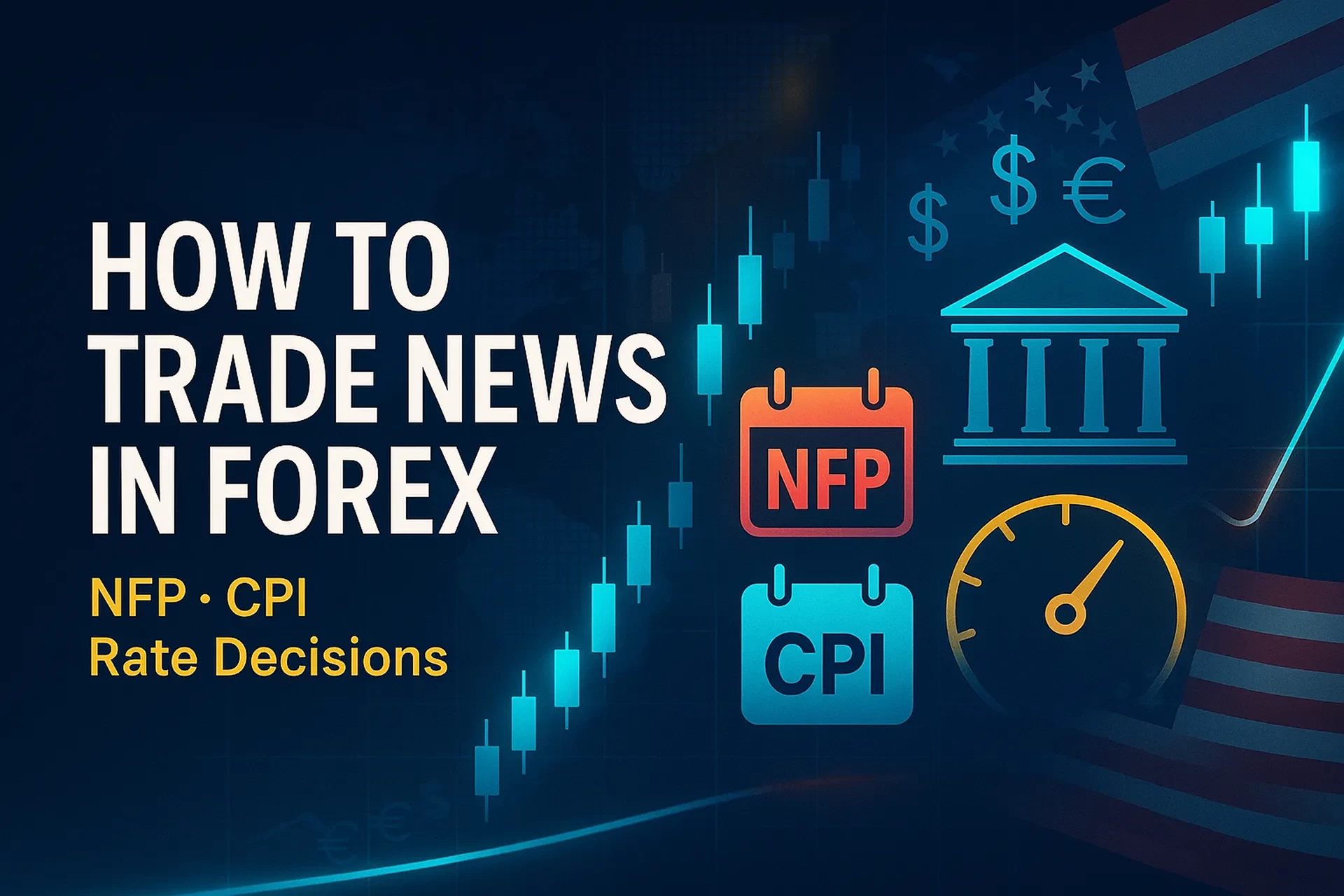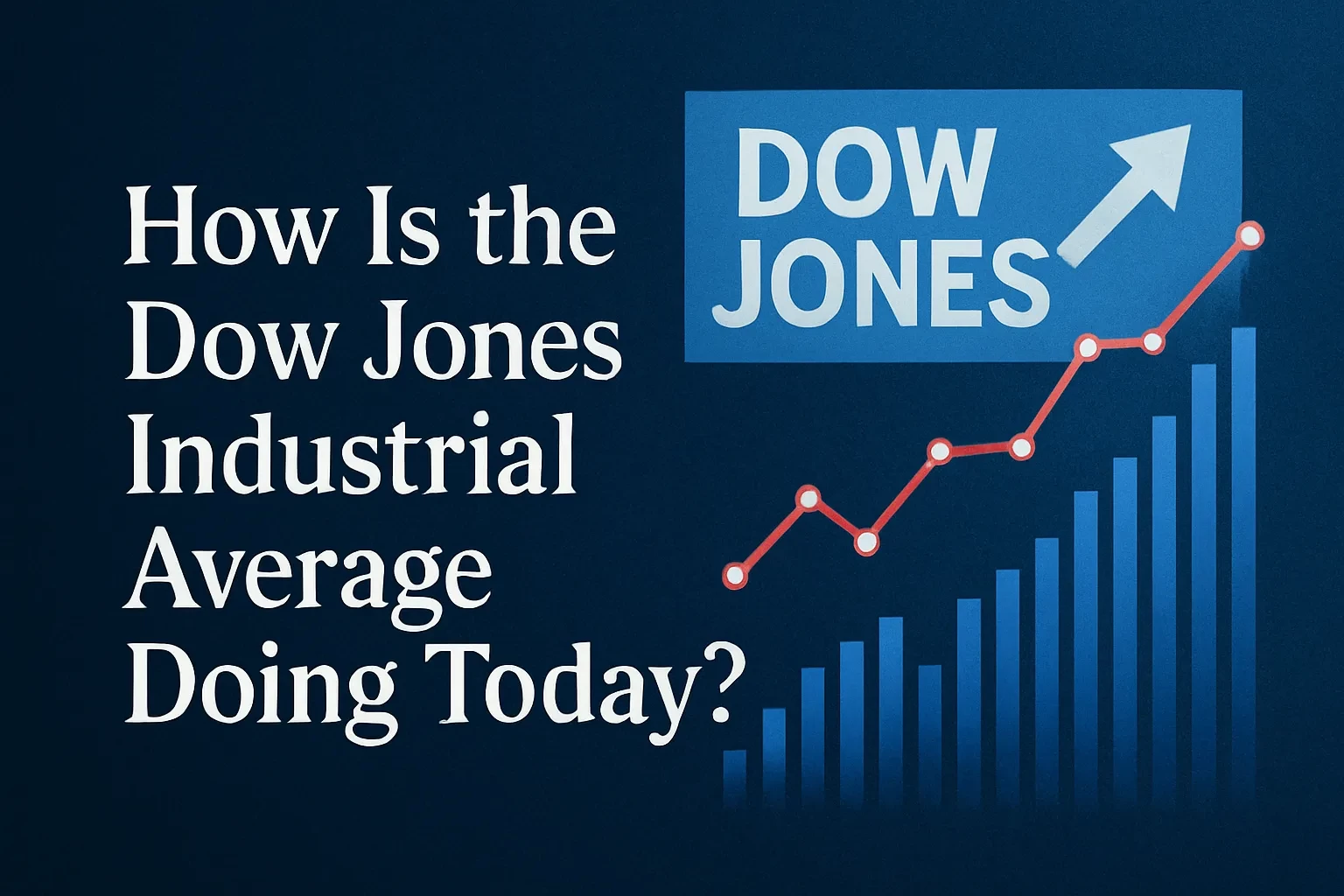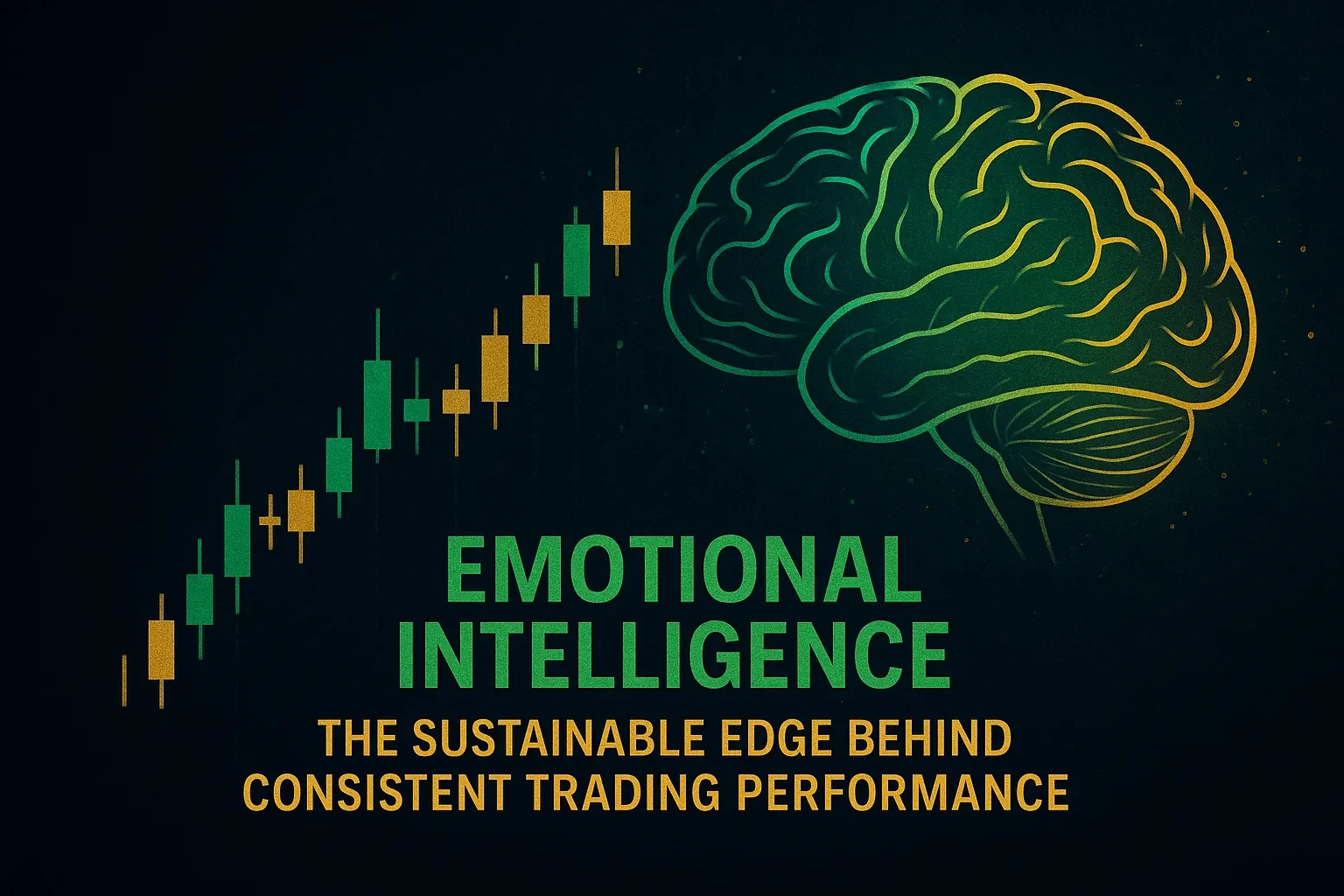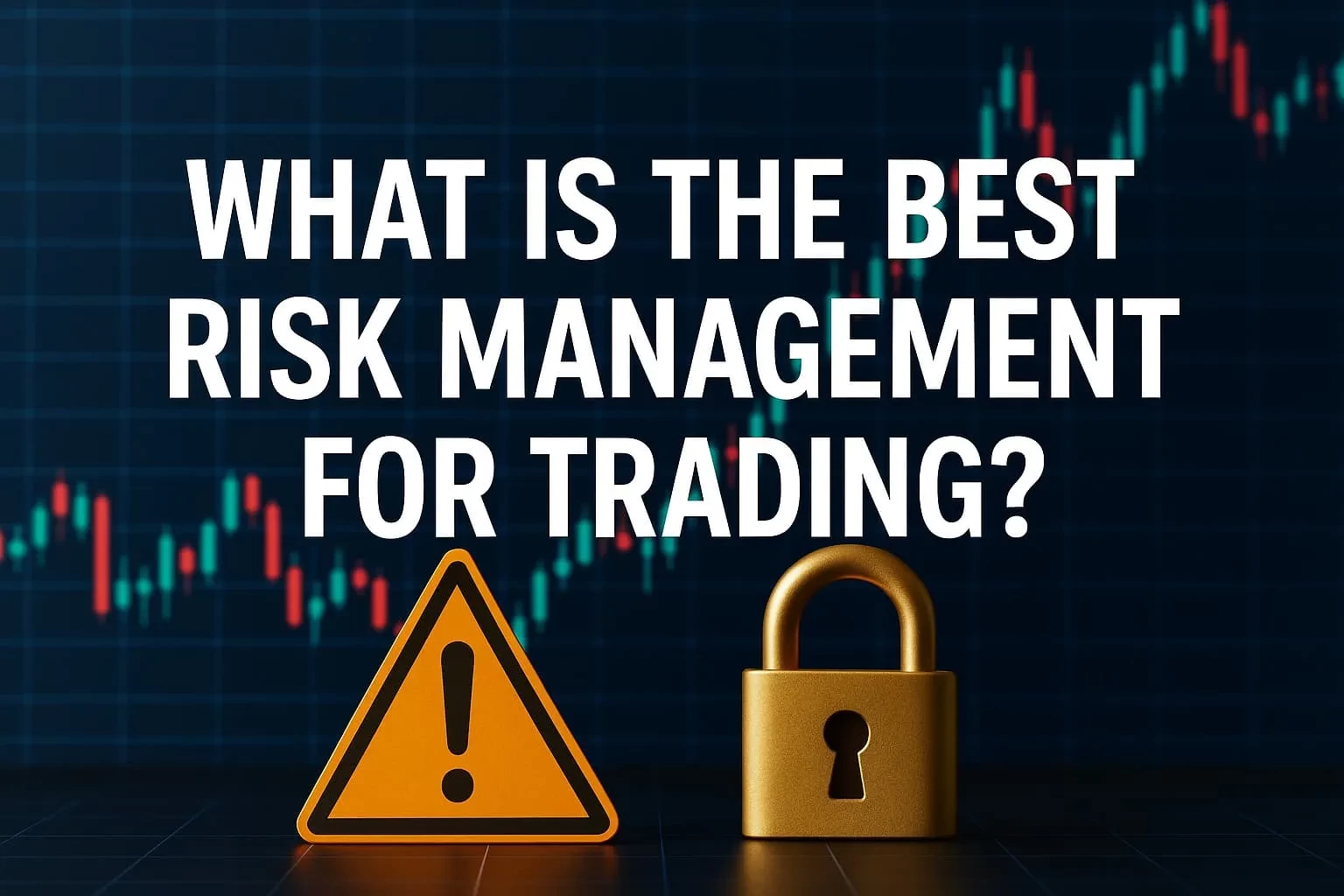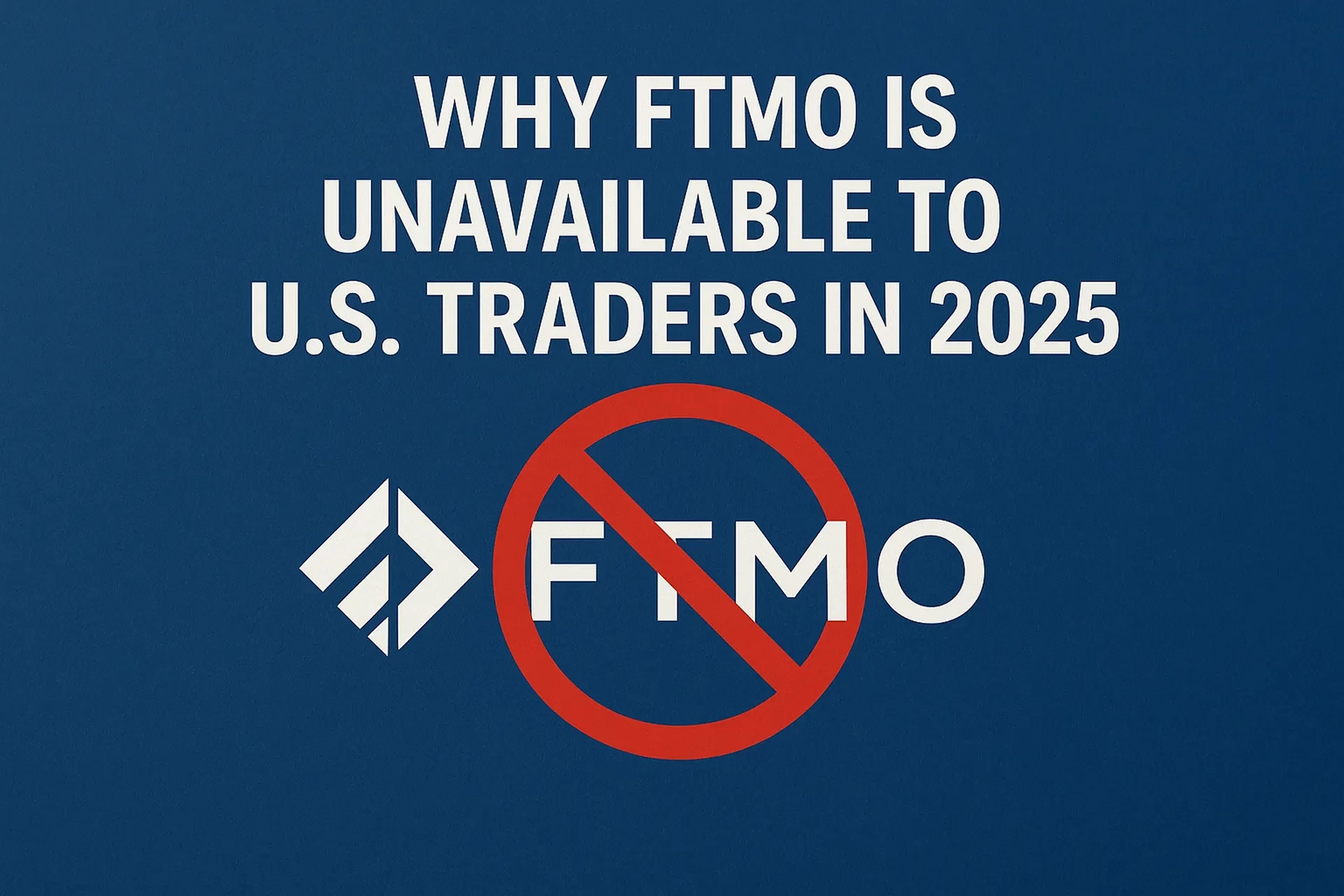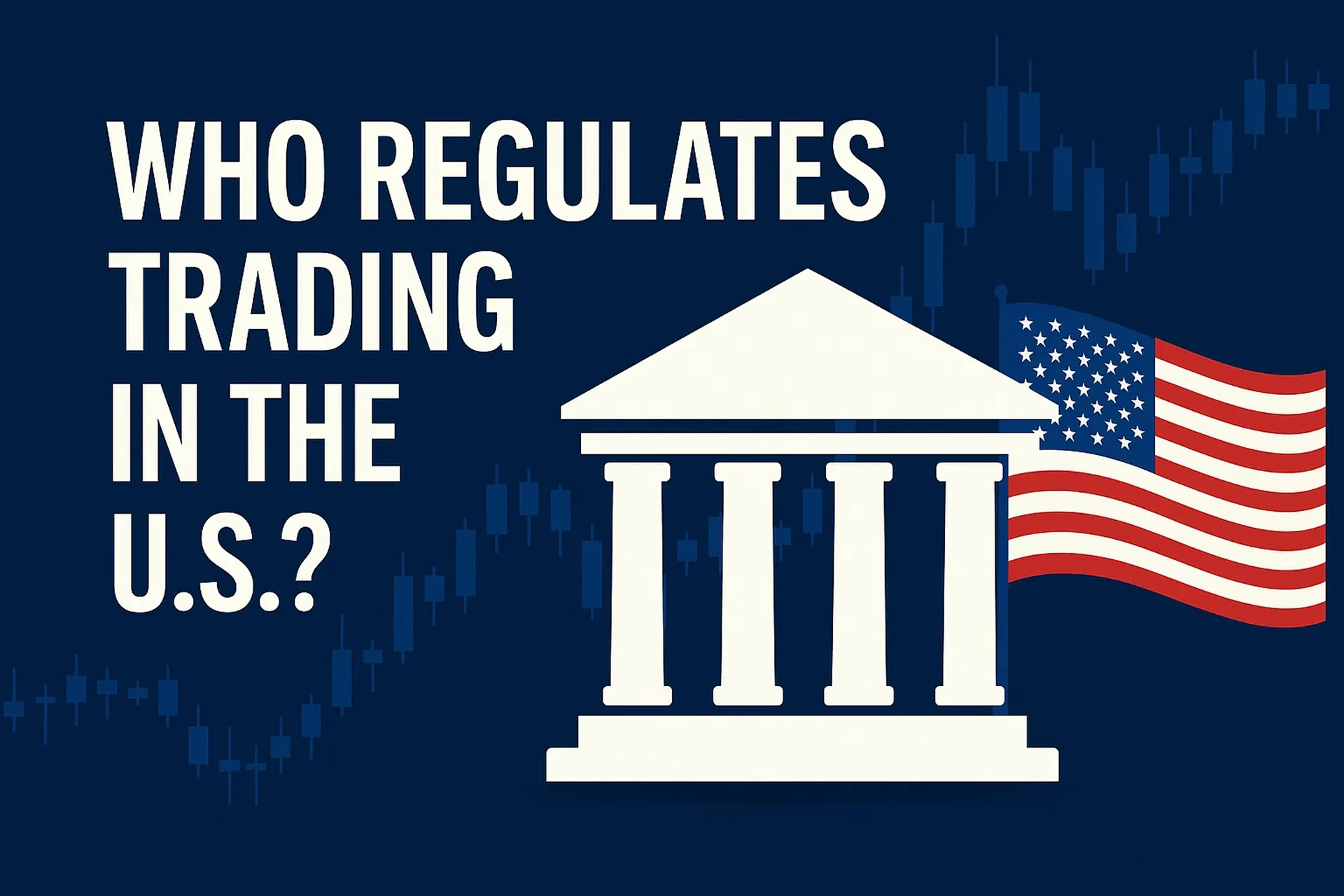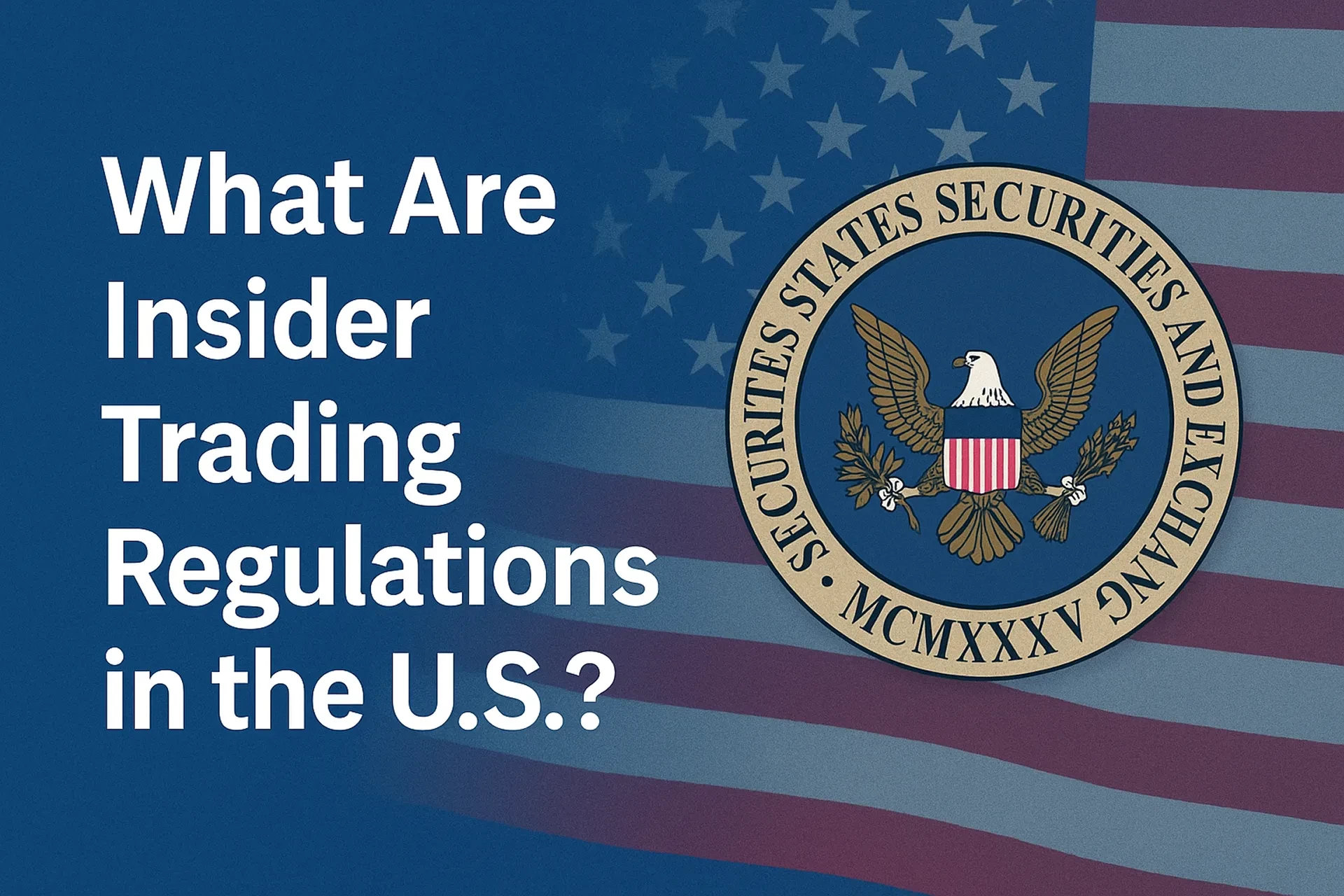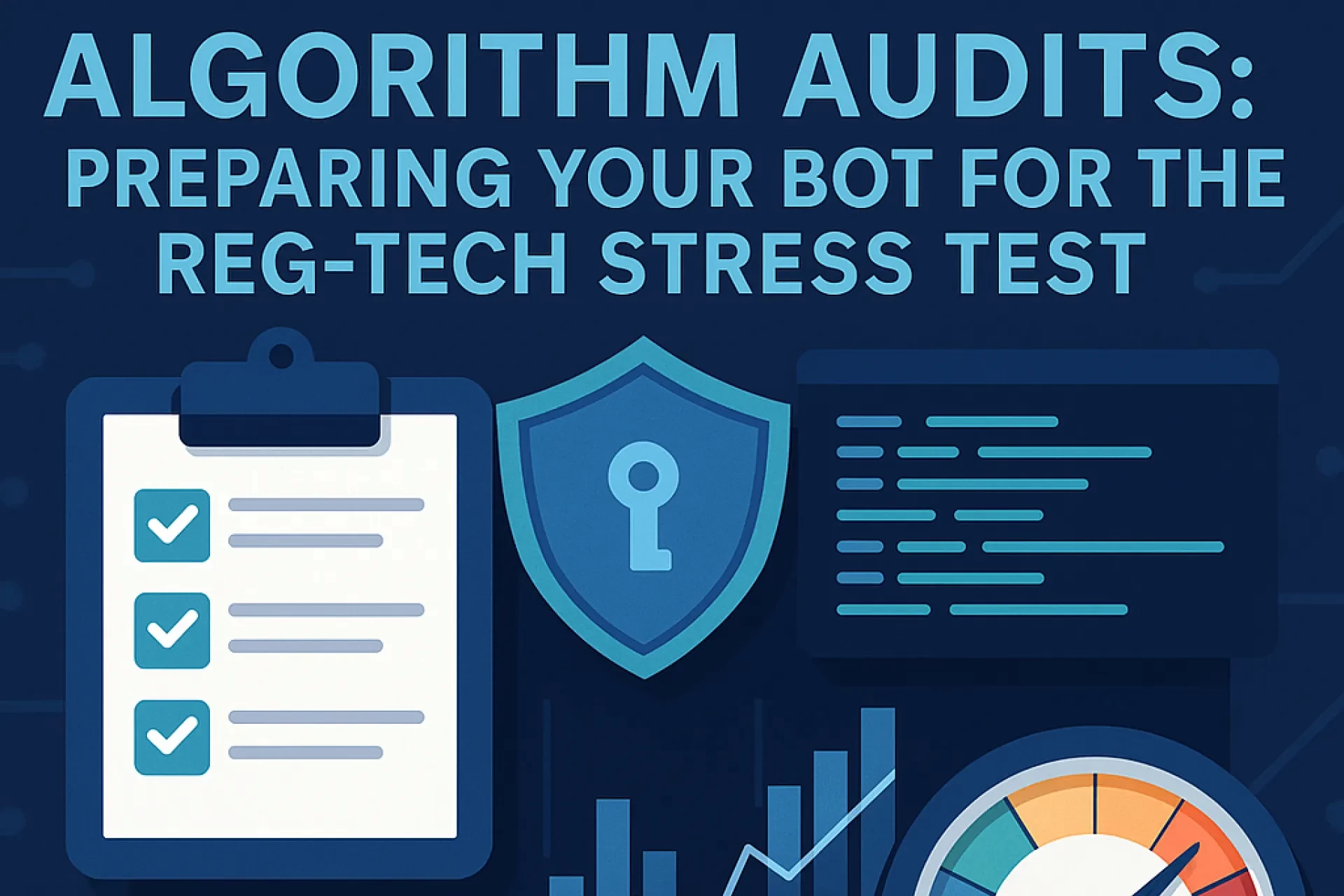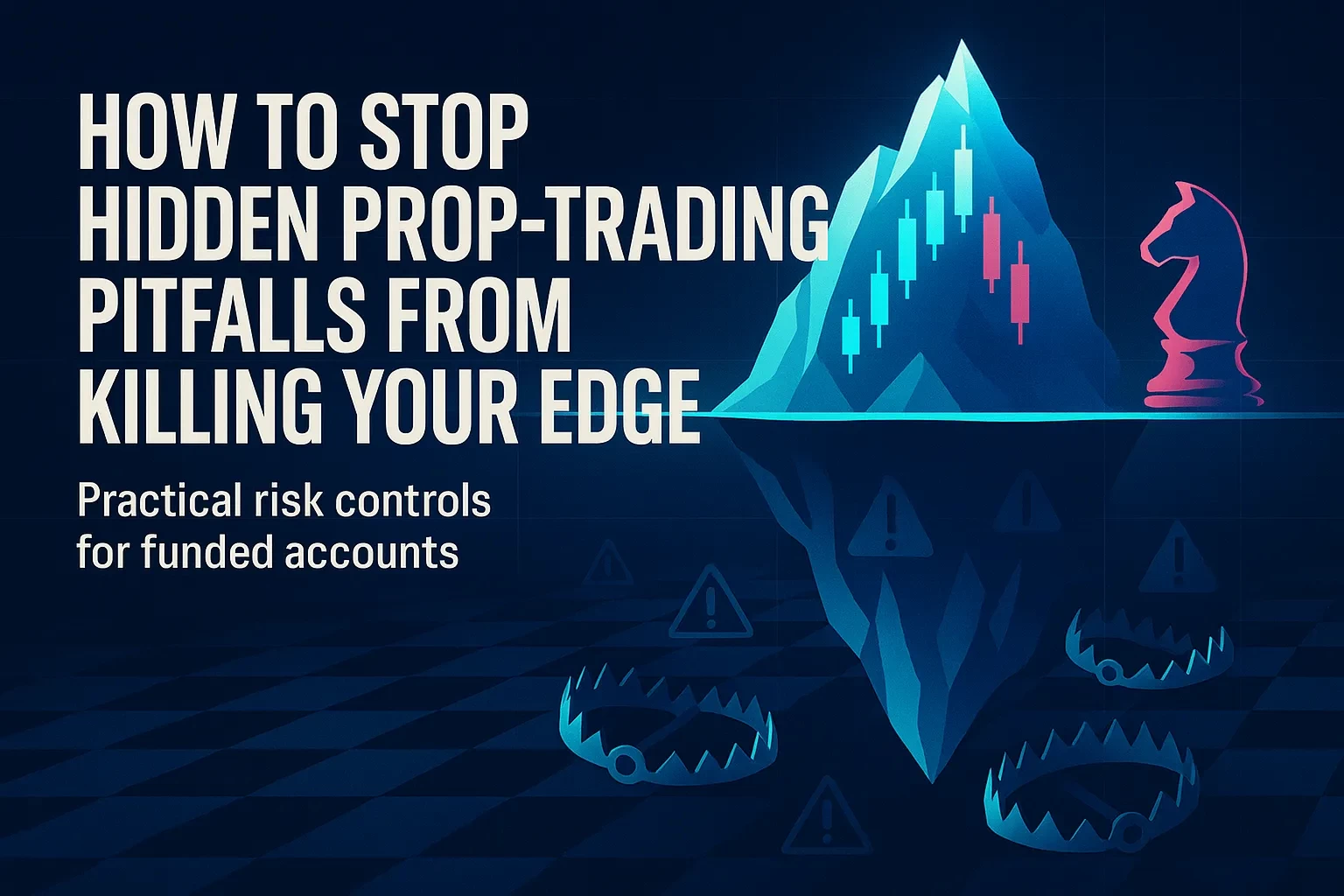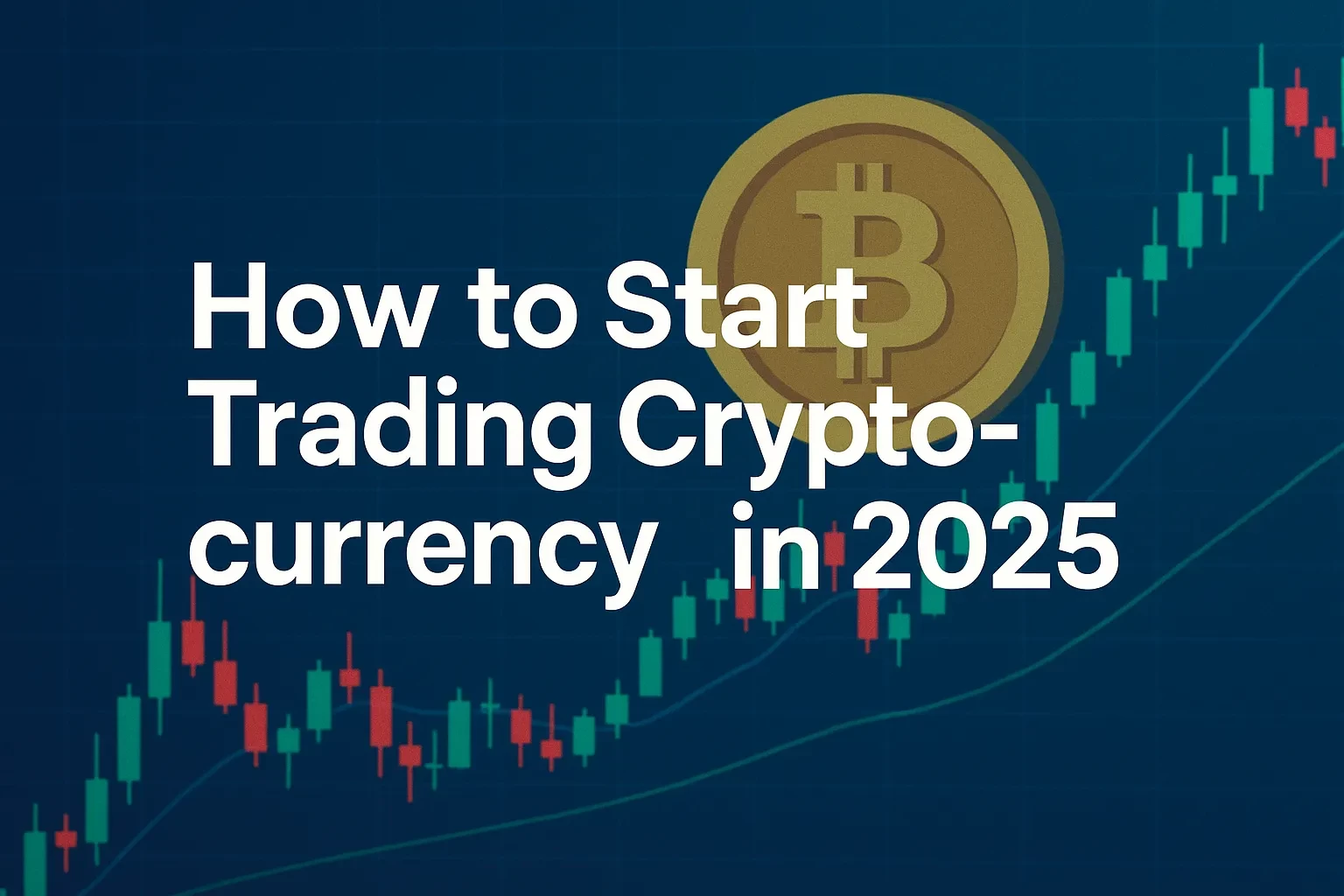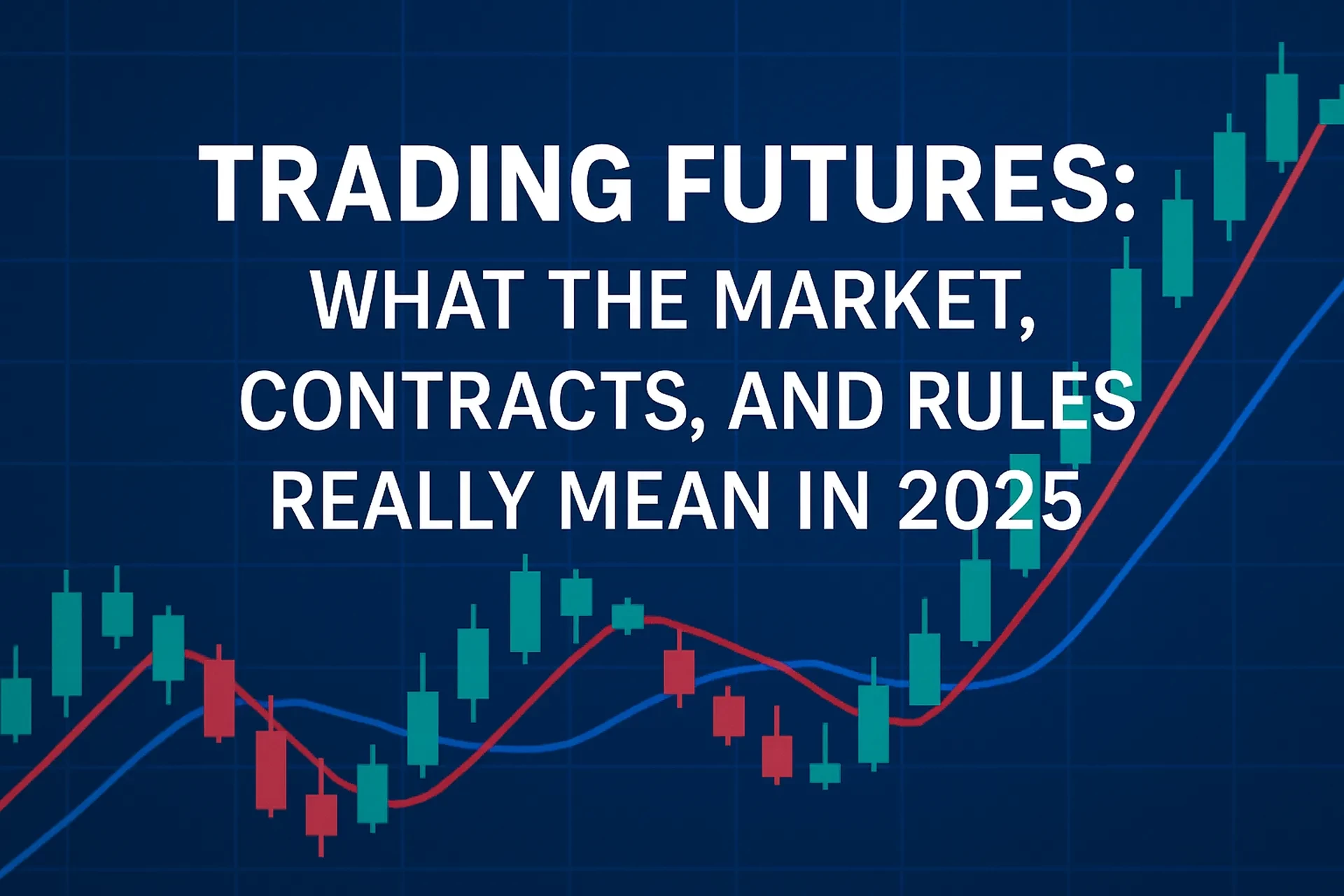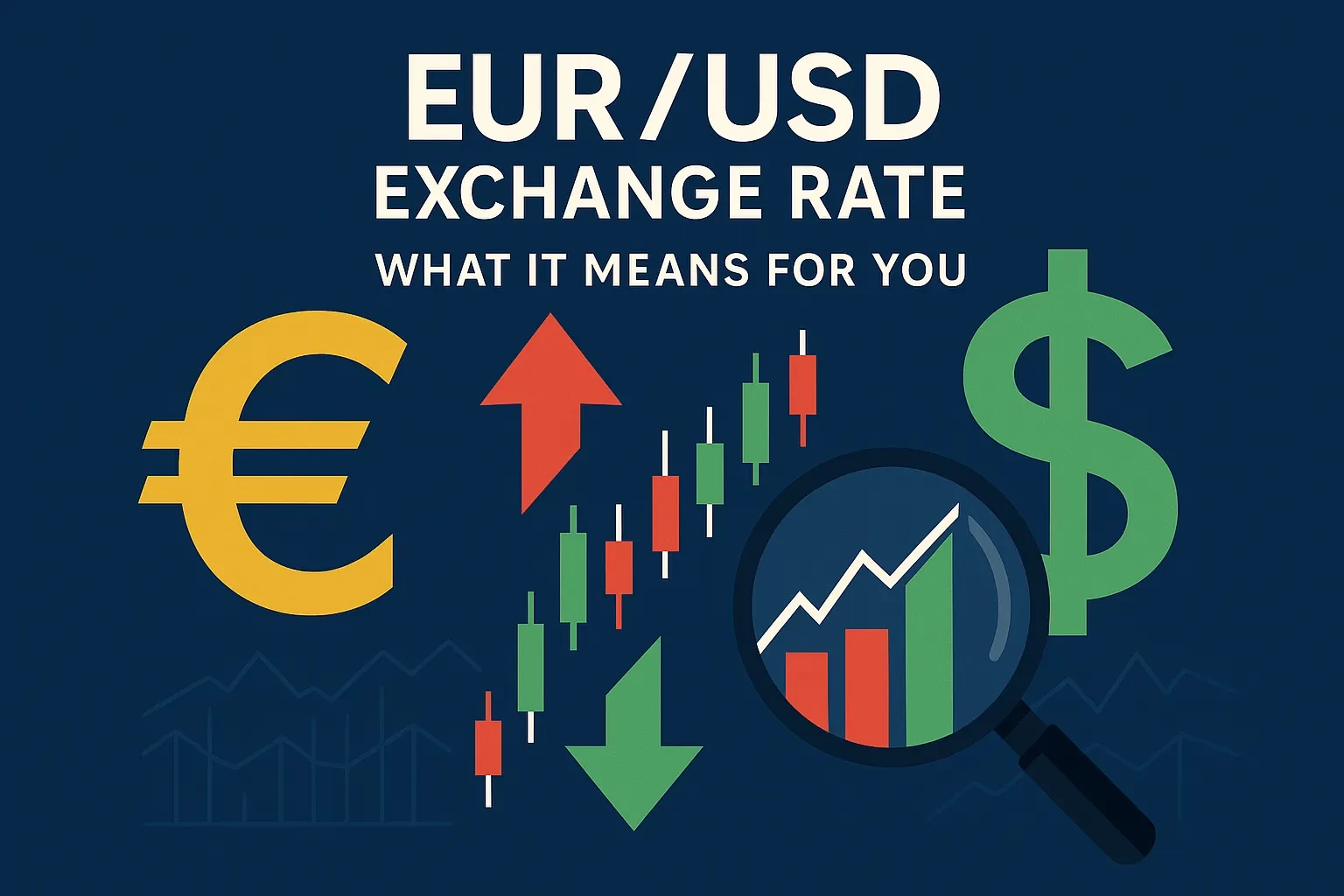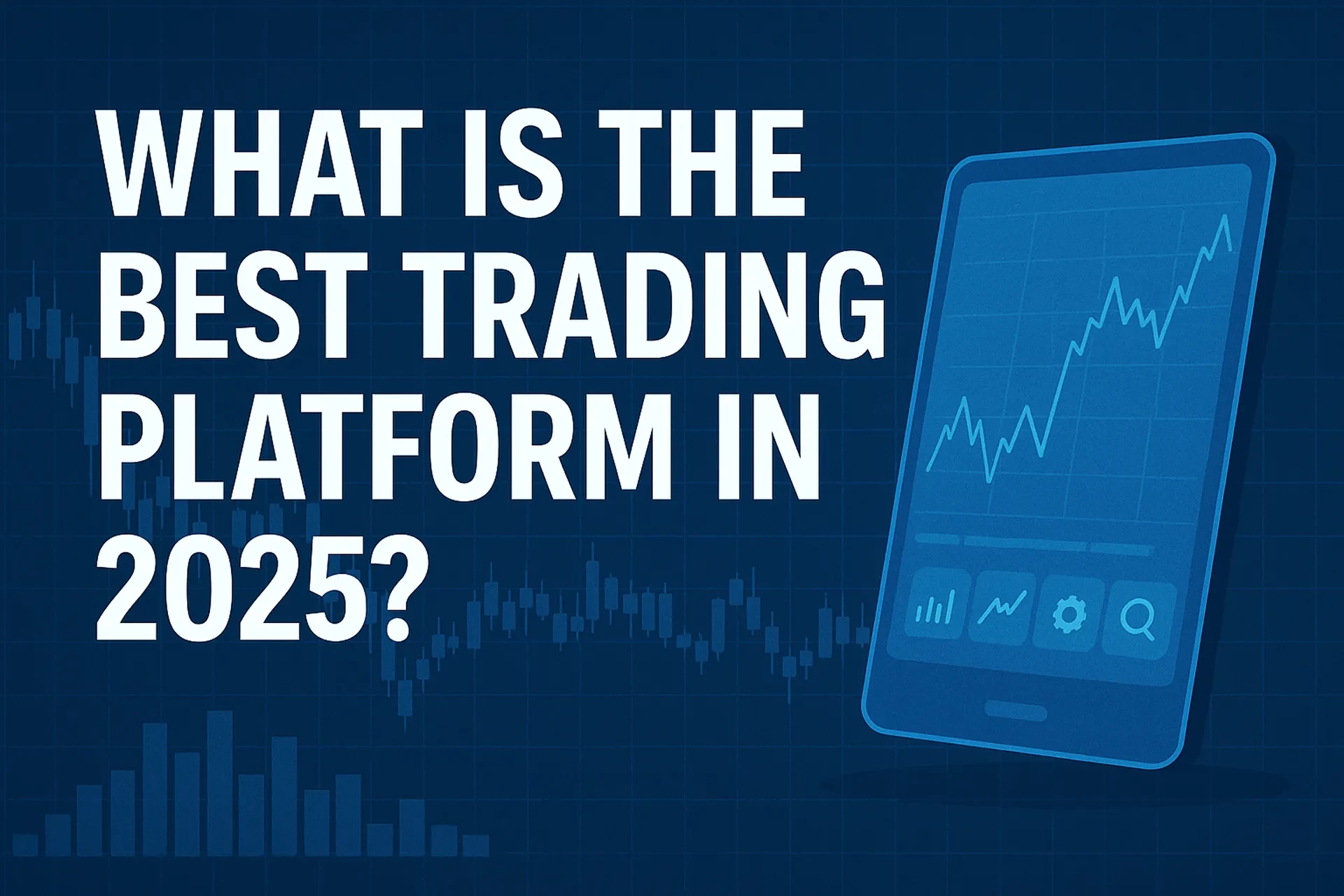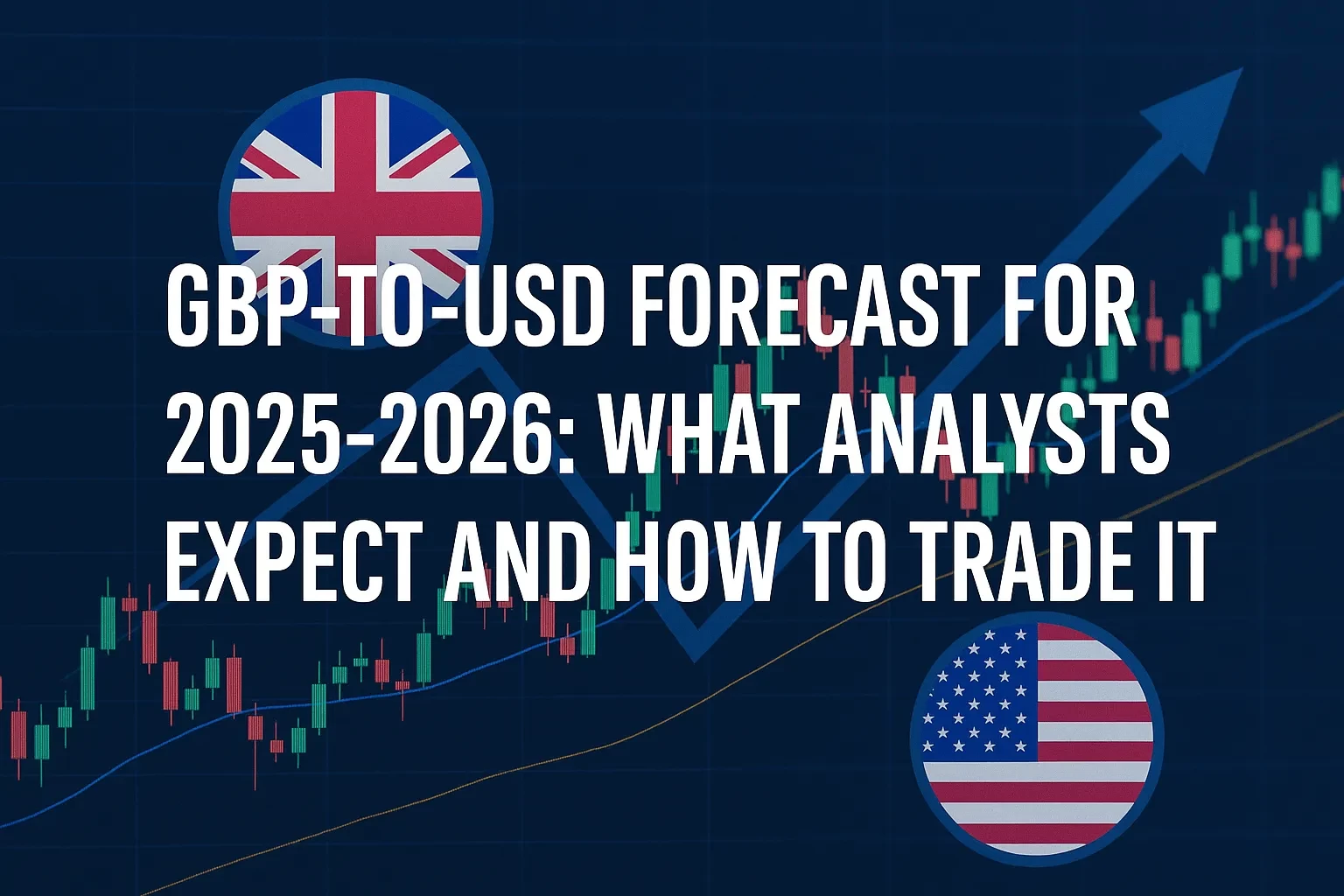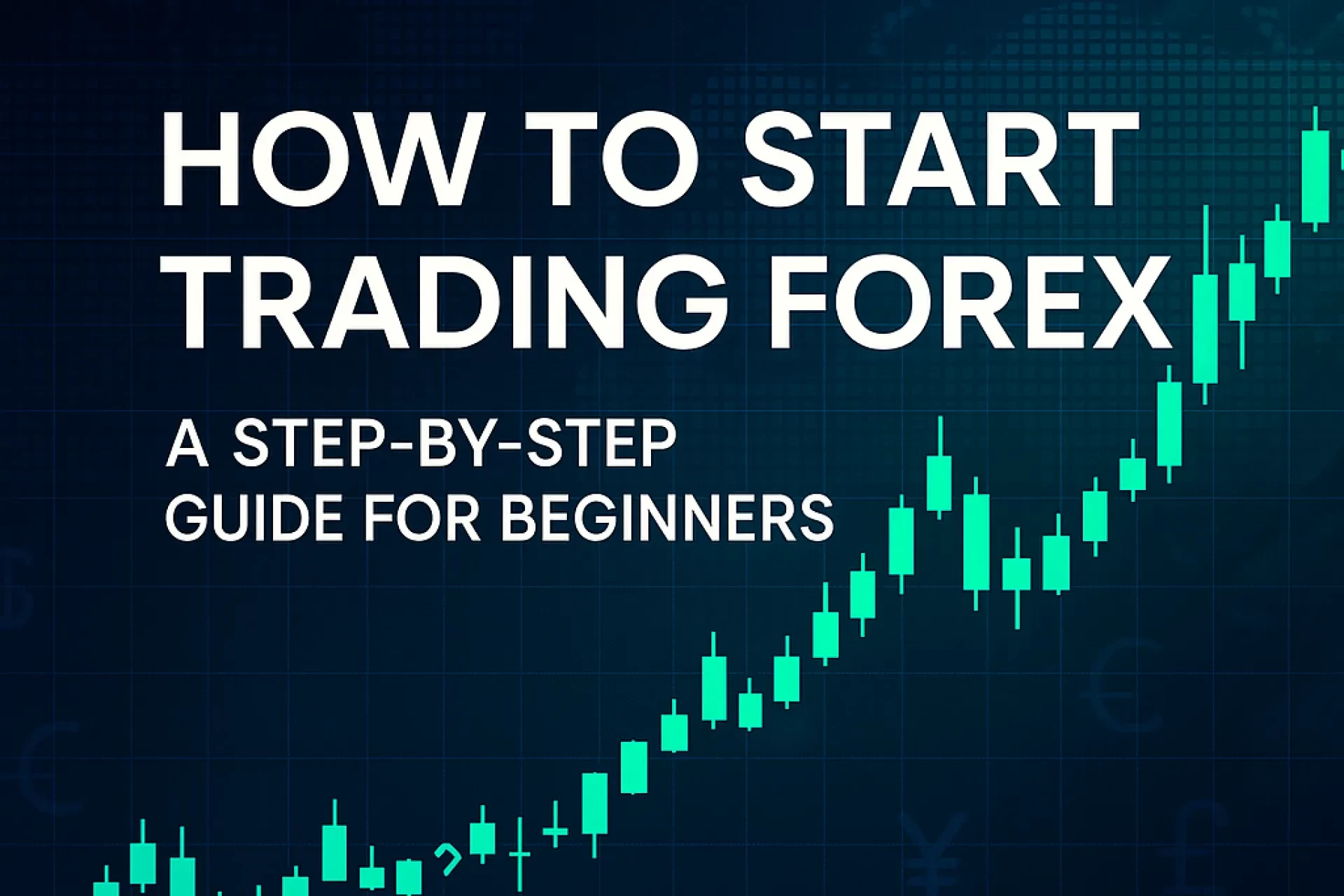Table of Contents
U.S. bond trading used to be the quiet domain of primary dealers and pension funds; today it is a whirlwind of electronic venues, ultra-liquid futures, and trillion-dollar ETFs. Treasury turnover rose 8 % year over year in early 2025 while volatility fell, extending the biggest trading boom since 2020 ([greenwich.com][1]). At the same time, the SEC finalized a sweeping central-clearing mandate for cash- and repo-Treasury trades, set to take effect by the end of 2025 ([bny.com][2]). Whether you want to hedge a mortgage rate, speculate on the Fed’s next move, or harvest carry from corporate bonds, understanding how to trade the bond market is now table-stakes for every active investor. This guide lays out the market structure, regulations, and step-by-step tactics you need to participate confidently—and prudently—in 2025.
1 Bond-Market Basics – Definitions & Ecosystem
1.1 What Counts as a “Bond”?
• Treasurys – Bills, notes, and bonds issued by the U.S. Treasury; deepest liquidity.
• Agencies & MBS – Debt backed by Fannie Mae, Freddie Mac, or Ginnie Mae.
• Corporates – Investment-grade and high-yield debt issued by companies.
• Municipals – State and local government debt; often tax-exempt.
1.2 Cash, Futures, ETFs — Three Main Trading Channels
| Channel | Venue | Typical Lot | Leverage | Key Use Case |
|---|---|---|---|---|
| Cash Bonds | Inter-dealer brokers, TRACE ATSs | $1 million+ | None | Buy-and-hold yield, liquidity mgmt. |
| Futures & Options | CME Globex (10-Year T-Note, SOFR) | $100 000 notional | 10 : 1+ | Duration hedging, curve trades |
| Bond ETFs | NYSE Arca, Cboe | 1 share (fractional) | Margin 2 : 1 | Tactical exposure, IRAs |
1.3 2024-2025 Regulatory Upgrades You Must Know
• TRACE Enhancements (FINRA 24-06). Post-trade reports for Treasurys must hit TRACE within one minute starting May 2025.
• SEC Central-Clearing Rule. Most cash- and repo-Treasury trades must clear through an FICC CCP by December 2025.
• FICC-Sponsored Repo Expansion. Notional in sponsored repo grew 38 % YoY to $4.2 trillion in June 2025.
2 Step-by-Step Guide – Executing Your First Bond Trade
2.1 Clarify Your Objective
• Income: Hold corporates or munis for coupon flow.
• Rate speculation: Use Treasury futures, SOFR futures, or rate-sensitive ETFs.
• Risk hedging: Short TLT to offset duration in a retirement account.
2.2 Pick the Right Instrument
| Goal | Cash Bond | Futures | ETF |
|---|---|---|---|
| Lock a 10-year yield | ✔️ | ✔️ | ✔️ |
| Intraday scalp on CPI release | Rare | Ideal | Possible via leveraged ETF |
| IRA long-term ladder | ✔️ | — | ETF |
2.3 Open an Appropriate Account
• TreasuryDirect for buy-and-hold bills or notes.
• Full-service broker for secondary corporates; requires TRACE reporting.
• Futures-approved account (CFTC 1.55 risk disclosure) for CME instruments.
• Standard brokerage or IRA for ETFs like TLT (20 + Year Treasurys, $48.9 billion AUM).
2.4 Master the Order Ticket
• Cash bonds: Quote price in 32nds (e.g., 99-16 = 99.5 % of par).
• Futures: 10-Year price 110-16 = 110.5; tick size 0.015625 = $15.63.
• ETFs: Enter share count; always use limit orders.
2.5 Size the Position & Manage Risk
• Calculate DV01. For the 10-Year future one contract DV01 ≈ $90; size so daily P/L ≤ 1 % of equity.
• For ETFs, a 1 % move in TLT (~18-year duration) changes NAV ≈ 0.18 % per bp.
• Maintain a cash buffer—margin calls hit intraday on futures.
2.6 Track Catalysts & Exit
| Catalyst | Typical Time (ET) | Impact |
|---|---|---|
| CPI / PCE | 08 : 30 | Moves yields 5–15 bp |
| FOMC Meeting | 14 : 00 + presser | Curve pivots, volume spikes |
| Treasury Auctions | 11 : 30 / 13 : 00 | Auction tails/stop-throughs steer price |
3 Pros, Cons & Risk-Management Cheat Sheet
| Feature | Upside | Downside | Control Lever |
|---|---|---|---|
| Predictable cash flow | Coupons locked in | Price falls when rates rise | Ladder maturities |
| Leverage via futures | Hedge huge notionals cheaply | Sharp margin calls | Risk ≤ 1 contract / $100 k |
| Tax advantages (munis) | Fed-level tax-free income | Lower liquidity, call risk | Stick to AA-rated GO bonds |
| 24-hour electronic trading | React to global data | Overnight gaps | Attach resting stop orders |
4 Case Study – Hedging Duration with 10-Year Futures
Scenario: Portfolio holds $5 000 000 of 7- to 12-year corporates (duration = 6.8). Manager fears rates will rise 25 bp after hot CPI. 1. Portfolio DV01 5,000,000 × 6.8 × 0.0001 = $3,400 2. Futures DV01 10-Year = $90 3. Contracts Needed 3,400 ÷ 90 ≈ 38 → Sell 38 TYU5 (Sep 2025) futures 4. Outcome CPI beats; 10-Year yield +26 bp, cash bonds –$88 k Futures gain 2-27/32 ≈ $2,812 × 38 = +$106 k Net +$18 k – duration risk neutralized
5 Common Mistakes & Expert Tips
• Using price change instead of DV01 : Mismatch in hedge ratio → Always hedge in bp value.
• Ignoring futures conversion factor : Hedge over-/under-covers → Use CME calculator for CTD bond.
• Trading corporate bonds at market open : Spreads widest → Wait until 10 : 00 a.m. ET.
• Assuming bond ETFs always track NAV : Stress gaps can widen > 1 % → Check premium/discount history.
• Neglecting repo funding cost : Carry trades turn negative → Include SOFR funding in P/L model.
FAQs
Trading bonds in 2025 is no longer a back-office chore—it’s a real-time, data-driven battlefield. Master the lingo (price, yield, DV01), choose the vehicle that matches your objective, and size positions so a single basis-point surprise can’t torpedo your capital. Keep an eye on the SEC’s central-clearing rollout, FINRA’s one-minute TRACE rule, and CME’s record futures liquidity, and you’ll transform the bond market’s complexity into a strategic edge rather than a hidden risk.
